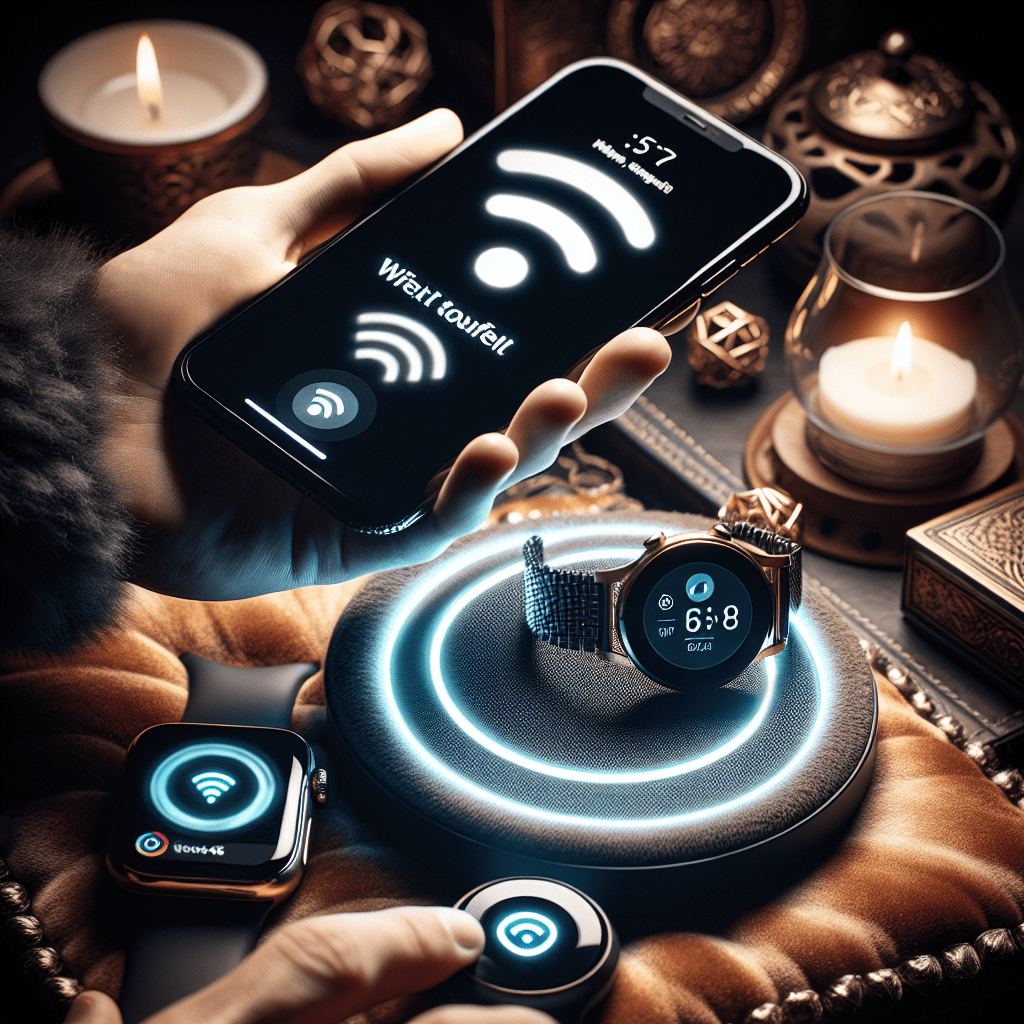An In-Depth Dive into the World of Wireless Technology: Evolution, Applications, and Future Prospects
Wireless technology refers to the transfer of information or power between two or more points that are not connected by an electrical conductor. It encompasses a wide range of technologies, systems, and devices that transmit data over distances without requiring wires, cables, or any other electrical conductors. The application of wireless technology ranges from simple household devices like remote controls to complex systems such as satellite communications and cellular networks. This comprehensive article analyzes the past, present, and speculated future of wireless technology.
Understanding Wireless Tech: A Historical Overview
To appreciate the current landscape of wireless technology, it is crucial to examine its roots. It was in the 19th century when prominent figures such as Nikola Tesla and Guglielmo Marconi made notable strides towards this end. Marconi, for instance, is often credited with the development of the first practical radio communications system.
Wireless Telecommunications: The Game-Changer for Communication
The proliferation of cell phones and smartphones in the late 20th and early 21st centuries stands as a testament to the revolutionary impact of wireless telecommunications. Seamless connectivity on-the-go was no longer a desire but a reality—courtesy of 2G, 3G, 4G LTE, and eventually 5G networks. Each iterative improvement offering faster and more reliable connections has further integrated into everyday life, impacting communication on a grand scale.
WiFi: Connecting the Dots Beyond Cables
WiFi technology has democratized internet access in public and private spaces. Its advent in 1997, under the IEEE 802.11 standard, laid the groundwork for future developments.
Bluetooth: The Personal Area Networkking
Initially designed as a wireless alternative to RS-232 data cables, Bluetooth technology created personal area networks (PAN) enabling devices to connect over short distances. From hands-free headsets to transferring files between devices without direct cable connections, Bluetooth solidified itself within consumer electronics.
Near Field Communication (NFC): Tapping Into Convenience
NFC, although comparatively newer in the arena, facilitates wireless interaction between devices over close proximity. This technology takes center stage in contactless payment systems.
Wireless Charging: The Rise of a New Convenience
As one thread in the tapestry of wireless invention, inductive charging has minimalized reliance on power cords. Devices such as smartphones and electric toothbrushes are now regularly powered through magnetic induction charging pads.
RFID: Beyond Transactional Boundaries
Radio-frequency identification (RFID) uses electromagnetic fields to automatically identify and track tags attached to objects, changing the logistics, retail, and inventory management industries.
The Promising Horizon: Wireless Networks and IoT
The growing network of physical objects outfitted with sensors — collectively known as the Internet of Things (IoT) — communicates and exchanges data through wireless networks without human interaction, opening possibilities for automation across countless sectors.
Challenges and Considerations in Wireless Technology
While singing praises for its advancement is easy, navigating security threats specific to wireless communications remains critical. Ensuring data privacy and preventing unauthorized access serve as recurring themes bordering its evolution.
Additionally, health concerns linked to electromagnetic radiation exposure have led to cautious advancements within wireless research and development.
Notes
Image description: A diverse array of wireless devices including a smartphone with a WiFi signal icon on the screen, a compact Bluetooth headset placed on a comfortable lush cushion beside an illuminated smartwatch showcasing notifications from connected IoT devices. In the background subtly lies an inductive wireless charging pad with its soft-blue charging status LED signifying modern convenience at its core.
